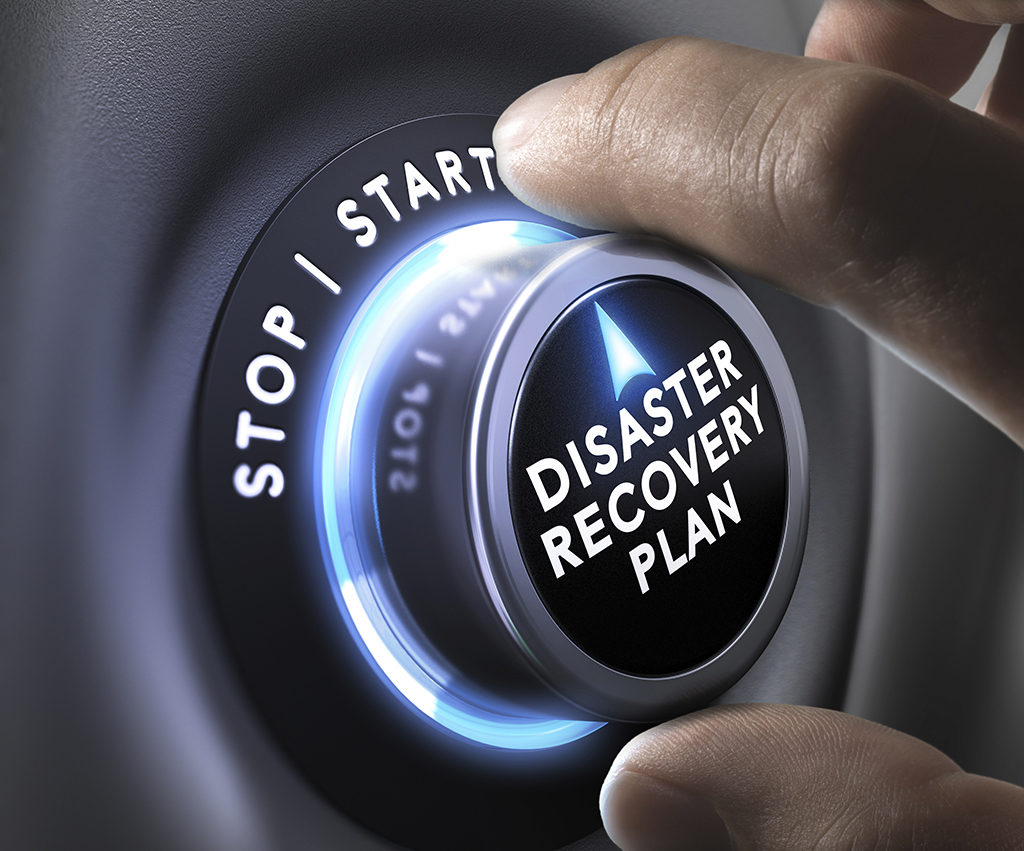Make the Time to plan your Disaster Recovery!

Written by: LuminIT 04/22/2016
Many businesses never really take heed of what might happen in case disasters take place. That is, even though most disasters are rare, it is still important to have some kind of a disaster recovery plan. Why?
Picture this; there has been fire at your office, and all your hard drives have been destroyed to an extent that you’ve lost all data regarding your customers. Or maybe thieves have raided your business and got away with important client information. With such a disaster, how long will it take your business to recover?
If you do not have the answer to this, then you are with the majority of small business owners who have not considered the necessary preparations to disaster-proof their business. There are hundreds of other businesses falling into this category that are literally shut down every year due to a disaster.
For instance, according to a survey by the Council of IT DRP (Disaster Recovery Preparedness), they found that 73 percent of small and medium businesses (SMBs) don’t have the capability to recover from disasters. In other words, the study simply tells us that 3 out of 4 businesses are never well prepared and ready to recover from disasters and emergencies.
Take Action with your DR planning!
It is worth noting that unpredictability is something that comes with life. And for anyone thinking he/she can go spared with the likelihood of experiencing cataclysmic weather, or technological malfunctions, then they are wrong. In case this isn’t yet clear enough for you, particularly as a business owner, then it’s probably that you take DR into consideration.
Taking disasters management as an important aspect of your business can help you save millions of dollars, thus the reason for this article piece. By the time you are done reading this post, you’ll be able to gain some understanding about DR (disaster recovery), and how important it is today.
You’ll also be able to understand how to protect your business against any costly and unexpected downtime.
So What Exactly is Disaster Recovery?
A DR is a plan to enable your business restore and access all the data in case there is a disaster. Actually, disaster recovery is a significant component of the many operations within your business.
The reason for DR is that it allows for a smooth functionality within the company. Otherwise, in case anything happens and there aren’t any DR measures put in place, then your business would remain stagnant. Also, its aim is to make sure that, whatever happens, then all your vital data is recoverable.
What Kinds of Disasters Are Likely To Happen?
Business disasters come in different forms, which means that it can either be technological, man-made, or natural causes.
The technological and man-made disasters mainly consist of power or infrastructural failures, hazardous material spills, chemical threats, plant meltdowns, cyber-attacks, civil unrest, and explosions. On the other hand, natural disasters include occurrences such as floods, hurricanes, tornadoes, pest infestation, tsunamis, and landslides.
Why Your Business Needs DR?
It doesn’t matter what your business is all about, what size it is, or which industry your business fall at, disaster has a way of really inconveniencing the operations of your business. And when this happens, you are bound to lose money. How much you’ll lose depends on how fast your business recovers.
You need a disaster recovery plan because it’s the only thing that’s going to get your business back on feet, and resume operations as fast as possible.
One perfect example and a common disaster instance for most companies is downtime. This is an IT expense that almost all businesses have to bear with. A 2015 study indicates that a downtime of more than one hour can cost small firms as much as $8,000 – and that’s just for an hour! Imagine if it goes on for more than 6 hours.
This is even worse for large companies, who risk facing losses of more than $74,000. Some even larger companies lose more than $700,000. For the SMBs, a downtime (or any other disaster for that matter) can result in reduced cash flow through late invoicing, increased labor cost, missed delivery, lost orders, etc.
If major business disruptions aren’t addressed, it is more than likely that the negative aspects can end up affecting your business in an equally negative manner. Therefore, it is highly recommendable that you have a look at ways to which you can avoid any disasters.
How Can One Create A Disaster Recovery Strategy?
Creation, implementation, and maintenance of a business recovery plan might be time-consuming, but its importance cannot be disputed. This ensures that your business survives through various disasters.
Most businesses don’t have the necessary resources, as well as the time, to channel their energy into creating a DR plan. That’s where we come into play. If you’d like to protect your business from future disasters and misfortune emergencies, just give us a call. We will be more than willing to offer guidance and required information on how to go about it!
